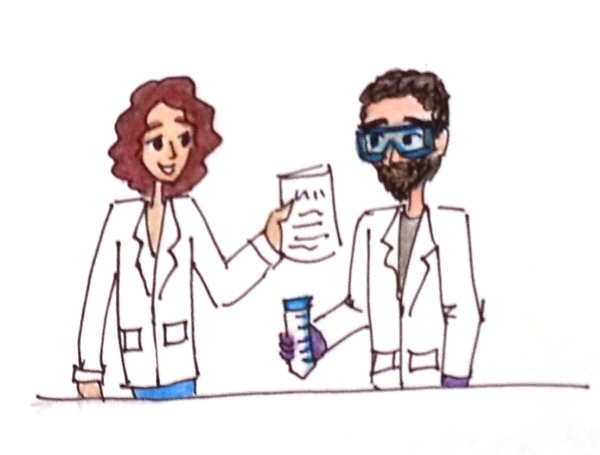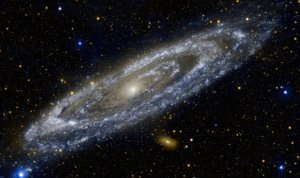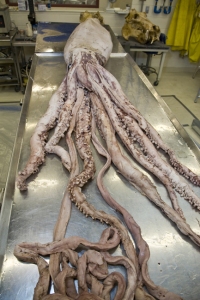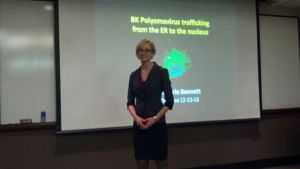After two and a half years dodging SARS-CoV2, it found me somewhere on my route to Kenya. I’ve been isolated in my host’s guest house for a few days now with nothing but my thoughts and current reading material, Spillover. Such a combination resulted in me writing my many thoughts down, so here they are.

This story starts in 2019. It’s a bustling Saturday around noon in the dark Outbreak exhibit at the Smithsonian Museum of Natural History when I get my favorite question: “Where does a virus come from?”
Yessss thank you. I’ve only been asked maybe two times. Such a treasure trove of discussion for this virologist-turned-museum volunteer. But I want to be an effective communicator, so I poke at her context, with a smirk of enthusiasm. “Do you mean how do people get infected with different viruses? Or where did the first virus come from? Or, where do new viruses come from?”
The first answer is easy, the second is origin-of-life-level hard, and the third is the whole point of this exhibit. Outbreak: Epidemics in a Connected World had opened over a year ago to showcase the history and threat of zoonotic viruses—viruses that come from animals. These viruses seem to come out of nowhere, and can cause outbreaks, epidemics, or even (as we all know now) pandemics.
The showcased viruses include Nipah, HIV, flu, SARS, and others. Nipah, as one display explains, is harbored by giant bats called flying foxes. HIV came from a chimpanzee, flu from wild birds and pigs, SARS from bats, and MERS from camels. The original host of these viruses (called the reservoir) is not so much the point—instead, it’s the fact that these outbreaks happen in the first place; it’s the reasons behind them; it’s the ease of their spread “in a connected world.”

To give you the punchline, the outbreaks of these diseases are a side effect of humans taking over the natural world. Our population has exploded over the past 150 years, creating farms and developments in animal territory at an increasing pace. When we push into animal habitats, we are exposed to their secretions. When we take away their living quarters, they inevitably show up in ours. And our air travel and globetrotting means that outbreaks can quickly establish a foothold in countries across the globe (aka, a pandemic).
The Outbreak exhibit embraces the theme of “One Health”, which (it seems?) is a relatively new angle for public health thinking. It recognizes the interconnectedness of Human, Animal, and Environmental health. If an ecosystem is suffering, animals might behave differently because of changes in their habitat or food sources. Behavior changes could bring the animals, and their diseases, into human territory. Climate change is an import factor in changing environmental health, as temperature and rainfall determine everything about an ecosystem.
For two years, I spent about every other weekend in the exhibit trying to engage visitors. I rolled my activity cart through the crowds to the upstairs exhibit containing whiteboards, markers, microscopy images and 3D models of virus particles. I would ask people (usually kids, pushed forward by their parents) to draw what they thought a virus looked like. In a building full of giant dinosaur bones and tangible objects, this activity let us engage kids about our invisible monsters. I would point to images of Rabies (“the most deadly”), Ebola (“creepy!”), Tobacco mosaic, Influenza, Zika, and coronavirus. “Have you heard of SARS?” Even current college students were too young to recognize it, but I had been in high school during the SARS outbreak and remembered. “Check out the display on that wall. The animation shows how quickly the virus spread from a hotel room in Hong Kong to hundreds people across the globe.”
Cue the COVID-19 pandemic a few months later. At first, I think many of us virologists were kind of excited that our day in the sun had come. People were asking more questions, and listening more closely to our answers. But eventually coverage spanned so many outlets that people started feeling informed in their own right, and the question came: where did this virus come from? Or, is there someone we can blame?
Well, it came from China. Clearly this was another SARS-like incident, originating from a mystery animal. Maybe one that was hunted, or brought to a market. It was the big warning of our Outbreak exhibit—that a pandemic was imminent. And damned if it wasn’t right on time! Maybe people would pay attention to these “One Health” ideas! Maybe support for research in that area would increase. Scientists struggle to fund research on what might happen. But here it was, happening!
But I saw something else instead. Scientists started getting blamed. China’s scientists “must have been working on a bioweapon”. Or, someone made a mistake and it got out of the lab. The same familiar frustration was stirred up again. Why can’t we talk about nature? And biology? And the consequences of our own collective human activity?
It seemed to me like a scapegoat for a confusing situation, a dramatic story for scared and frustrated people. So, I spent some time explaining. The first option is pretty unlikely, based on the difficulty of creating a virus that would do what you wanted (and this one seemed to be doing everything). Have you heard of Ebola virus? Nature has all the scary viruses you could want. And using a virus as a bioweapon seems as practical as using arson against someone in your own apartment complex. The second option was a possibility, as I explained to my fam. But the thing is, that means the lab needs better safety protocols, or a higher a biosafety lab setup. Lab accidents can happen. And it’s not like it would be the first incident (see Spillover).
So, the glossing over of societal causes of pandemics and the missed opportunity to emphasize how human activities can increase infectious disease risk was a big frustration of mine about the pandemic discussions. Truly understanding these situations is hard because ecology is complicated. Human mistakes or malintent is so much easier. I get it. But we must acknowledge the complexity. I guess our job as scientists will be to continue to try to explain it.
The search for a villain was partly frustrating because of the real possibility of a lab accident being the source. The thing is, if this virus escaped a lab, the most likely reason for it would have been because scientists were trying to get ahead of it. In Wuhan, China, there is a lab that was specifically trying to understand the viruses that bats harbor viruses like SARS, led by the USA-based EcoHealth Alliance and initiated after the SARS outbreak of 2003. They ended up exactly in that position of scrutiny (see the linked article for the science community perspective). Unfortunately, unless you had read Spillover (published in 2012) or are familiar with biology research, I’m sure the lab’s location in Wuhan seemed quite suspect.
Whether or not a lab leak somehow occurred—perhaps a technician was not as careful as they should have been handling a captured bat, or using biohazard protocols—it also raises another big question that only occasionally gets raised in the virology community. How do we learn about these dangerous pathogens without exposing ourselves? It’s a question that is not taken lightly, and has been raised in the scientific community a number of times, not without controversy. In order to understand them, we have to bring them into the lab. Typically, we have to make enough of the particles to analyze (that means reproducing them somehow). There are always risks involved, and typically there are many safety precautions when dealing unknowns. But accidents can happen. Do we avoid studying dangerous agents and just wait until they spill over from the forest?
How do we prepare? That’s the issue that needs attention, along with trying to prevent the overlap of animal infections with humans. Finding specific humans to assign blame might feel like justice, and it might feel like the answer to the question of this confusing pandemic. But it’s such a small issue in the big picture. I highly recommend you read Spillover to better understand the backstory of pandemics, and to understand why experts were expecting it, with more to follow Besides writing this blog post, I’m not sure what more I can do. I teach introductory biology, but we don’t really have the space in that course for big picture stuff. I am hoping that in the next year or so maybe we can create a new course. I fell in love with biology because it’s a field that emphasizes the interconnectedness of all living things, and I think that’s so beautiful. But it comes with appreciating those other living things and allowing them the space and resources to keep the balance.



























